Have you ever watched two cats curl up together, purring in perfect harmony, and wished your cats could share that same magical bond? Or maybe you dream of your shy feline finally trusting you enough to nuzzle your hand. Building a home that truly nurtures cat bonding isn’t just about having the latest toys—it’s about creating an environment where your cats (and you!) can thrive together, feel safe, and grow closer every day. It’s astonishing how a few thoughtful changes around your home can spark joy, trust, and stronger connections—sometimes in the most unexpected ways. Let’s dive into the secrets of turning your living space into a haven of feline friendship.
Understanding Feline Social Needs
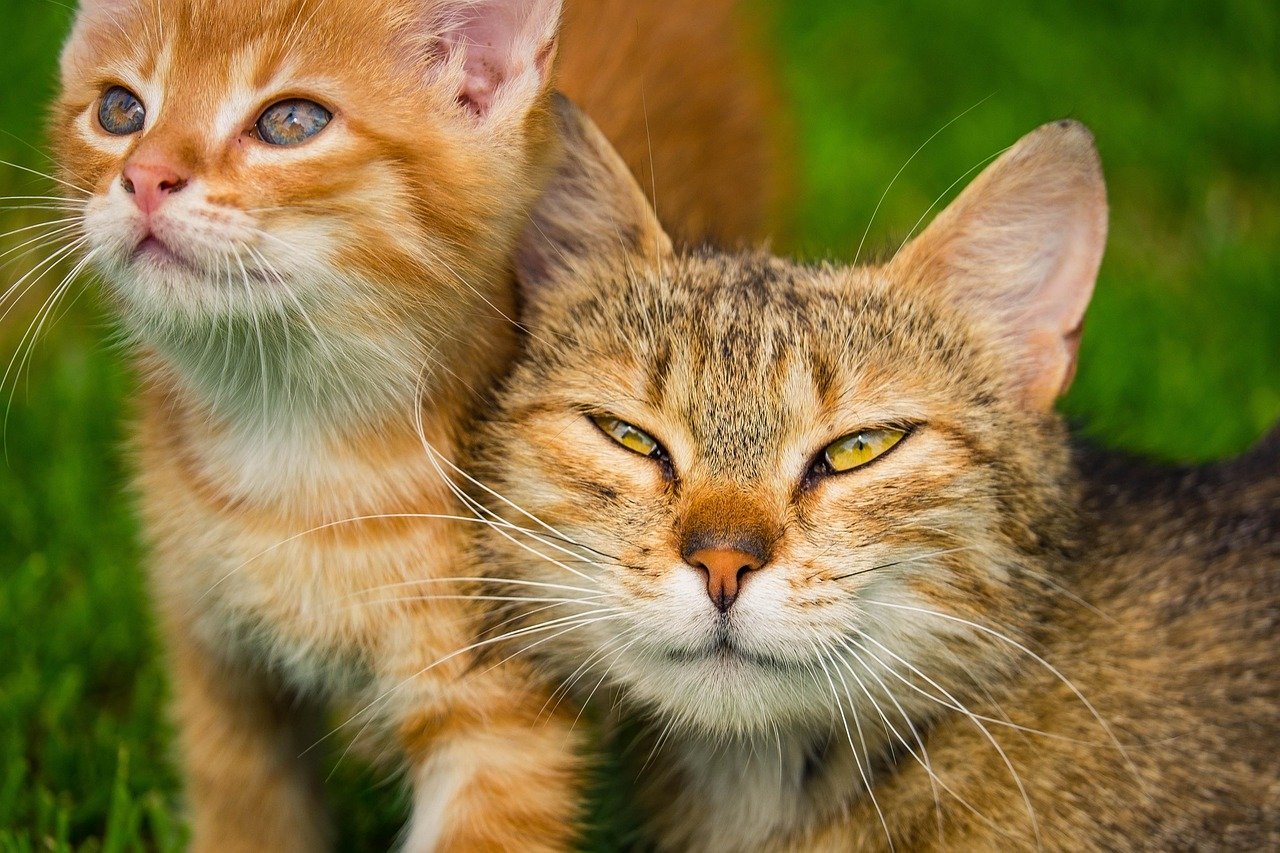
Cats are often misunderstood as solitary creatures, but the truth is, many crave companionship and emotional connection. Despite their independent reputation, cats form deep attachments to both humans and other pets. It’s important to recognize that, just like us, they need social stimulation, affection, and moments of togetherness. Observing their behaviors—like slow blinking, gentle headbutts, or even following you from room to room—gives clues about their desire for bonding. Some cats may need more time or space, but with patience and the right environment, their social side can truly blossom. Think of it as speaking their language; you listen, you respond, and the trust grows. A home that acknowledges these needs becomes a sanctuary for authentic cat relationships.
Choosing the Right Cat Companions
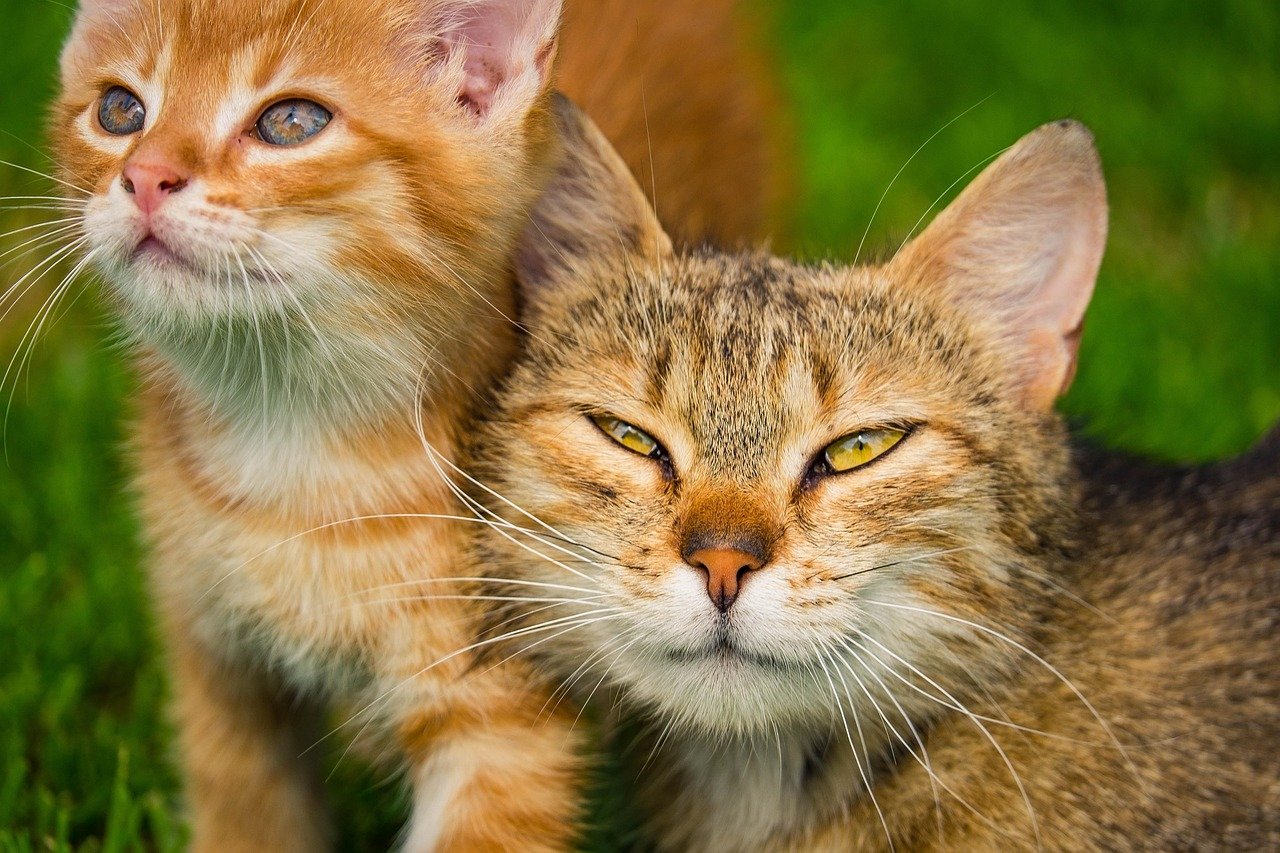
Selecting the right feline friends for your home can make all the difference in nurturing harmony and bonding. Some cats prefer the solo life, while others light up with a companion. Before bringing another cat home, consider factors like age, temperament, and activity level. Imagine trying to pair an energetic kitten with a sleepy senior—there may be some clashes at first! Ideally, look for cats with similar personalities or introduce kittens together for a smoother transition. If you already have a resident cat, slow introductions and respecting boundaries are crucial. Watch for positive signs like gentle sniffing or playing, and be ready to step in if things get tense. It’s a bit like matchmaking—sometimes it’s instant chemistry, and other times, patience pays off.
Designing Safe Spaces for Cats

Cats need their own retreats to feel secure and confident, especially in multi-cat households. Providing safe spaces—like cozy beds, high perches, or secluded corners—gives them a sense of ownership and control. Imagine your cat perched atop a tall cat tree, surveying the room like a king or queen. These zones help reduce stress and prevent conflicts, as each cat can claim their territory when needed. Covered beds, cardboard boxes, or even a quiet closet can become a favorite hideaway. Make sure each cat has access to their own space, especially during the early stages of bonding. Just like people retreat to their rooms for downtime, cats need privacy and peace to recharge and feel content in their home.
Multi-Level Living: Vertical Territory
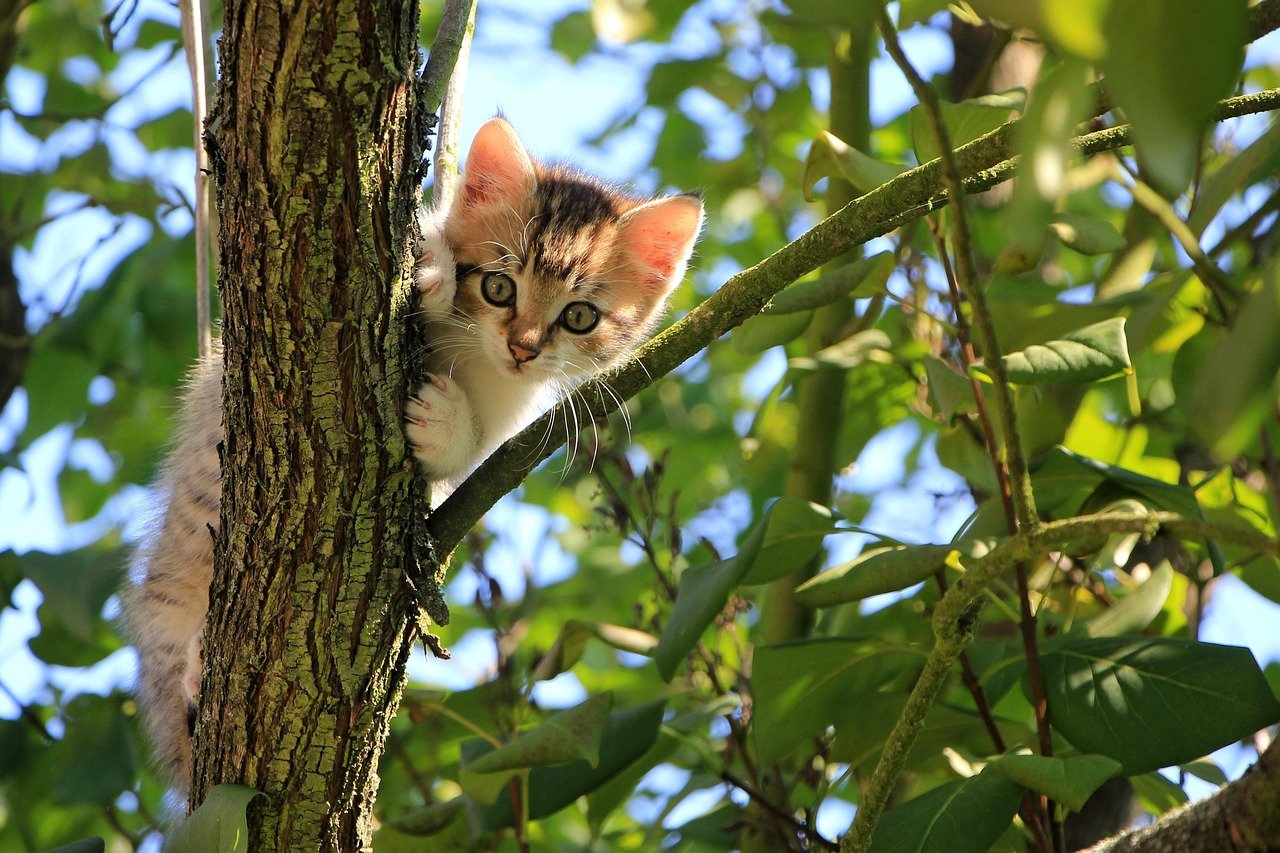
Cats are natural climbers, and providing vertical territory is like unlocking a secret world for them. Shelves, cat trees, and window perches allow your cats to explore, play, and observe from above. Climbing not only satisfies their instincts but also helps manage social dynamics—higher spots often go to the most confident or senior cat. It’s fascinating to see how a new perch can instantly boost a shy cat’s confidence or provide a peaceful retreat from playful kittens. This vertical space also minimizes competition, as cats can share the same room without feeling crowded. Think of it as building a small city for your cats, where everyone gets their own penthouse view.
Setting Up Litter Boxes for Harmony
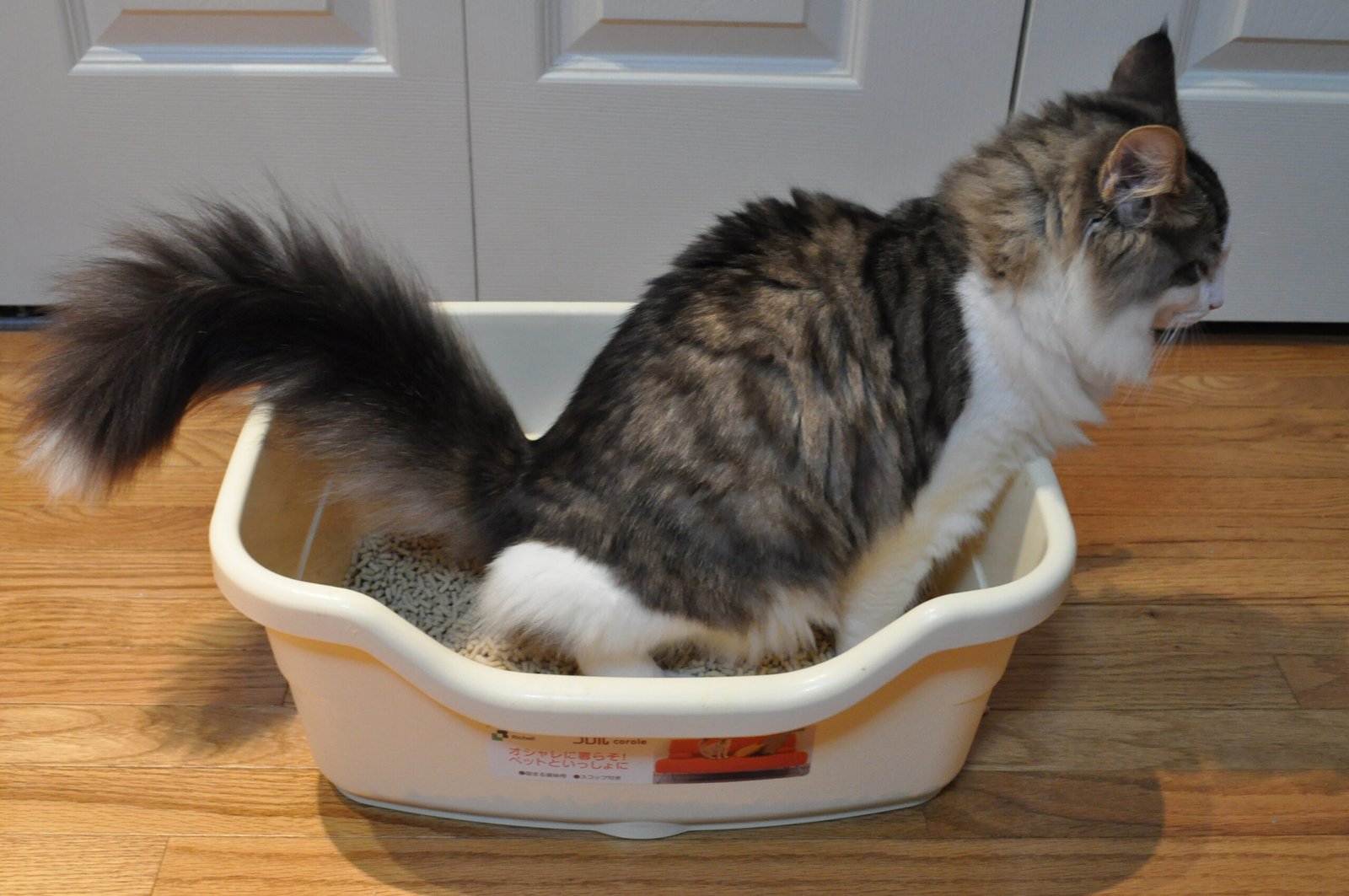
The placement and number of litter boxes in your home can make or break feline relationships. Experts recommend having one box per cat, plus one extra, to reduce territorial disputes. Place them in quiet, easily accessible locations—never right next to food or water bowls. Covered litter boxes might seem tidy to us, but some cats prefer open ones for a better escape route. Cleanliness is key—a dirty box can quickly lead to accidents or even fights. If you notice a cat avoiding the box, it could be a sign they’re feeling stressed or crowded. By honoring each cat’s need for a clean, private space, you’re laying the foundation for trust and peaceful coexistence.
Feeding Strategies That Reduce Tension

Mealtimes are prime opportunities for both bonding and conflict among cats. To keep the peace, set up separate feeding stations so each cat can eat without feeling threatened. Some cats are grazers, while others gobble up food quickly—separating them ensures everyone eats at their own pace. You might even try interactive feeders or puzzle toys to make meals more engaging and less competitive. Just like family members appreciate having their favorite spot at the dinner table, cats value predictable, stress-free dining. Watch for subtle cues—a cat guarding a bowl or rushing to eat first may need a little extra reassurance. When cats feel safe at mealtime, it’s amazing how quickly their relationships can improve.
Providing Interactive Play Opportunities

Playtime is more than just fun—it’s a crucial ingredient in building trust and strengthening bonds. Wand toys, feather teasers, and balls can turn even the shyest cat into a playful kitten. Schedule daily play sessions, ideally with each cat individually and then together, to help them burn off energy and learn to share space. Vary your play style to match each cat’s personality; some love a fast chase, while others prefer a gentle pounce. Play also acts as a gentle icebreaker, encouraging positive interactions between cats. Over time, you’ll notice more relaxed body language and playful invitations—a clear sign of growing friendship. In many ways, play is the universal language of feline bonding.
Creating Cozy Resting Areas

Nothing says comfort to a cat like a soft, sun-drenched spot to nap. Provide multiple cozy beds around your home, ideally in quiet corners or near windows. Cats often rotate their favorite snoozing spots, so offering variety keeps everyone happy. Blankets, plush mats, and even your own lap can become a beloved resting place. In multi-cat homes, watch for cats sharing a bed or grooming each other—a sure sign of trust. If your cats are still warming up to each other, separate beds in the same room can encourage closeness without forcing interaction. Over time, you may be surprised to find your cats curled up together, purring in perfect harmony.
Utilizing Cat-Friendly Scents

Scent is a powerful tool in the world of cats. Feline pheromone sprays or diffusers can help ease tension and promote relaxation, especially during introductions or stressful events. You can also encourage scent sharing by gently rubbing a soft cloth on one cat and then the other, helping them associate positive feelings with each other’s scent. Some cat guardians even swap bedding between cats to build familiarity. Avoid strong household cleaners or candles, as harsh scents may overwhelm sensitive feline noses. By creating a home filled with comforting, familiar smells, you’re sending a silent message of safety and belonging—a subtle, yet profound, way to nurture bonding.
Encouraging Gentle Grooming and Petting

Mutual grooming, or allogrooming, is one of the most heartwarming signs of feline friendship. Encourage this behavior by gently brushing your cats and rewarding calm, affectionate interactions. Start with short sessions, especially if your cats are new to each other, and always respect their boundaries. Some cats love being brushed together, while others prefer solo attention. Use soft voices and slow movements to create a relaxing atmosphere. Petting your cats at the same time can also build positive associations, as long as everyone seems comfortable. Over time, you’ll notice more grooming, playful nuzzles, and relaxed postures—a living testament to the power of gentle touch.
Respecting Individual Boundaries
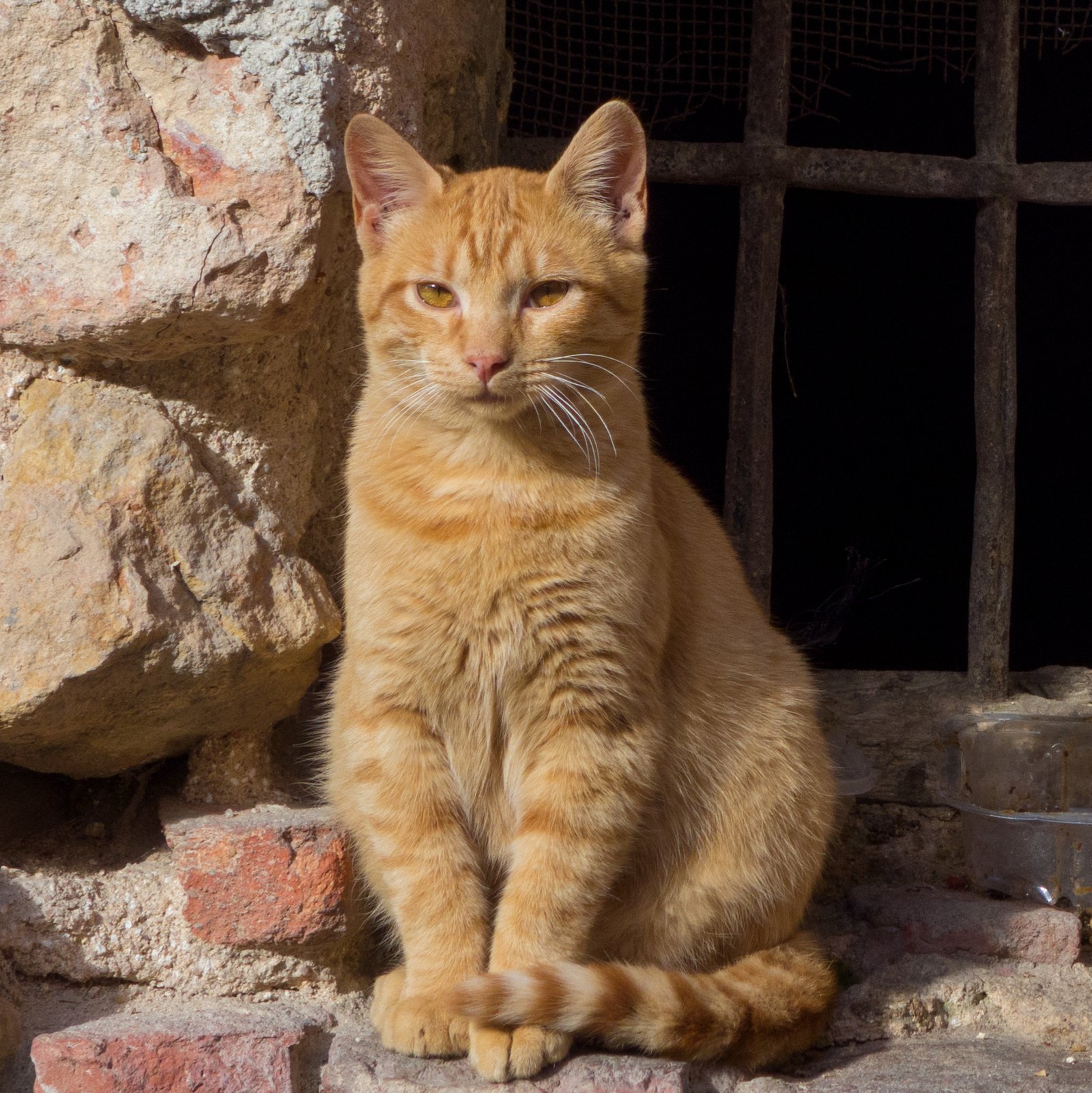
Just like people, every cat has their own comfort level with closeness and affection. Some are natural cuddlers, while others need more space to feel secure. Watch for body language cues—flattened ears, swishing tails, or sudden retreats mean it’s time to step back. Allow each cat to approach on their own terms, and never force interactions. Providing multiple escape routes and hiding spots helps cats feel in control, reducing stress and encouraging gradual bonding. Over time, consistent respect for their boundaries builds trust and confidence. Eventually, even the shyest cat may surprise you with a gentle nuzzle or slow blink.
Establishing a Routine for Security

Cats love predictability, and a consistent daily routine helps them feel safe and secure. Set regular times for feeding, play, and quiet time, so your cats know what to expect. This structure reduces anxiety and creates more opportunities for bonding. If you must change the schedule, try to do so gradually and with plenty of positive reinforcement. Routines also help multi-cat households by preventing resource guarding and competition. Over time, your cats will start anticipating play sessions and mealtimes, growing more comfortable with each other—and with you. Think of it as building a rhythm to your household, one that everyone can dance to.
Rewarding Positive Social Behaviors

Cats thrive on encouragement, and rewarding positive social interactions can speed up the bonding process. Use treats, praise, or extra playtime when you notice friendly gestures like nose touches, shared grooming, or relaxed lounging together. Avoid punishing negative behaviors—redirect with toys or gentle distractions instead. Consistent, positive reinforcement teaches your cats that good things happen when they coexist peacefully. Over time, you’ll see more harmony and confidence in their interactions. By focusing on the good moments, you’re helping your cats build a foundation of trust and friendship that will last a lifetime.
Minimizing Stressful Triggers

Cats are sensitive to changes, and even small disruptions can create tension in their relationships. Keep loud noises, unfamiliar visitors, or sudden rearrangements to a minimum, especially during bonding periods. If stress is unavoidable—like during home renovations or introducing a new pet—provide extra comfort and safe spaces. Some cats benefit from calming music or pheromone diffusers during stressful times. Watch for signs of anxiety, such as hiding, hissing, or loss of appetite, and address issues quickly. By creating a calm, predictable environment, you’re giving your cats the best chance to form strong, positive bonds.
Using Enrichment to Prevent Boredom

Boredom can lead to frustration and even conflict among cats. Enrichment—like puzzle feeders, rotating toys, or even safe outdoor time on a leash—keeps their minds and bodies active. Set up window perches to watch birds, or create a “cat TV” with videos of fish or small animals. Rotate toys regularly to keep things fresh and exciting. When cats are mentally stimulated, they’re less likely to engage in negative behaviors like fighting or excessive grooming. Enrichment also provides shared experiences that strengthen social bonds. Think of it as giving your cats a world of adventure, right inside your living room.
Introducing New Cats Slowly and Thoughtfully

Bringing a new cat into your home is a delicate process that requires patience and planning. Start with a separate room for the newcomer, allowing the resident cats to get used to their scent before any face-to-face meetings. Gradually increase exposure through scent swaps, then short supervised visits. Watch for calm body language and curiosity before extending interaction times. Never rush introductions—some cats need weeks or even months to adjust. Offer plenty of treats and praise for calm, friendly behavior. With time and patience, even the most skeptical cats can become valued friends or, at the very least, peaceful roommates.
Fostering Human-Cat Bonding Moments

Your relationship with your cats is just as important as their relationships with each other. Spend quality time together, whether it’s gentle petting, interactive play, or simply sitting quietly in the same room. Talk to your cats in a soft, reassuring voice—they understand more than you might think! Offer treats or favorite toys during bonding sessions to build positive associations. Over time, you’ll notice your cats seeking out your company, following you from room to room, or greeting you at the door. These moments are the heart of the human-feline bond, and nurturing them brings joy to both you and your cats.
Recognizing and Addressing Jealousy

Jealousy can sometimes rear its head in multi-cat homes, especially when attention feels uneven. Watch for signs like blocking access to you, swatting, or sulking after you pet another cat. To ease these feelings, make sure each cat receives individual attention and reassurance. Rotate play and cuddle sessions so everyone feels included. Avoid showing favoritism, and try to spread affection evenly throughout the day. If jealousy persists, consider adding extra resources like beds or scratching posts to reduce competition. With patience and understanding, most cats learn that there’s plenty of love to go around.
Monitoring Health and Well-Being

A healthy cat is a happy, social cat. Regular veterinary checkups, proper nutrition, and exercise are crucial for maintaining good health—and, by extension, positive social behaviors. Cats in pain or discomfort may withdraw, become irritable, or lash out at companions. Keep an eye out for changes in appetite, grooming habits, or litter box behavior, as these can be early signs of health issues. Addressing medical concerns quickly helps prevent stress and supports a harmonious home. Think of it as looking after both body and soul—when your cats feel their best, their bonds with you and each other grow stronger.
Celebrating Milestones and Progress

Every small step towards bonding deserves celebration—whether it’s the first shared nap, a playful chase, or a gentle head bump. Mark these milestones with extra treats, new toys, or a special photo for your collection. Sharing stories of your cats’ progress with friends or online communities can also boost your own sense of accomplishment. Remember, every cat’s journey is unique, and progress may come in tiny increments. Celebrate the good moments and stay patient through the challenges. Each victory, no matter how small, is a testament to the love and care you’ve poured into your home.
Adapting as Your Cats’ Needs Change
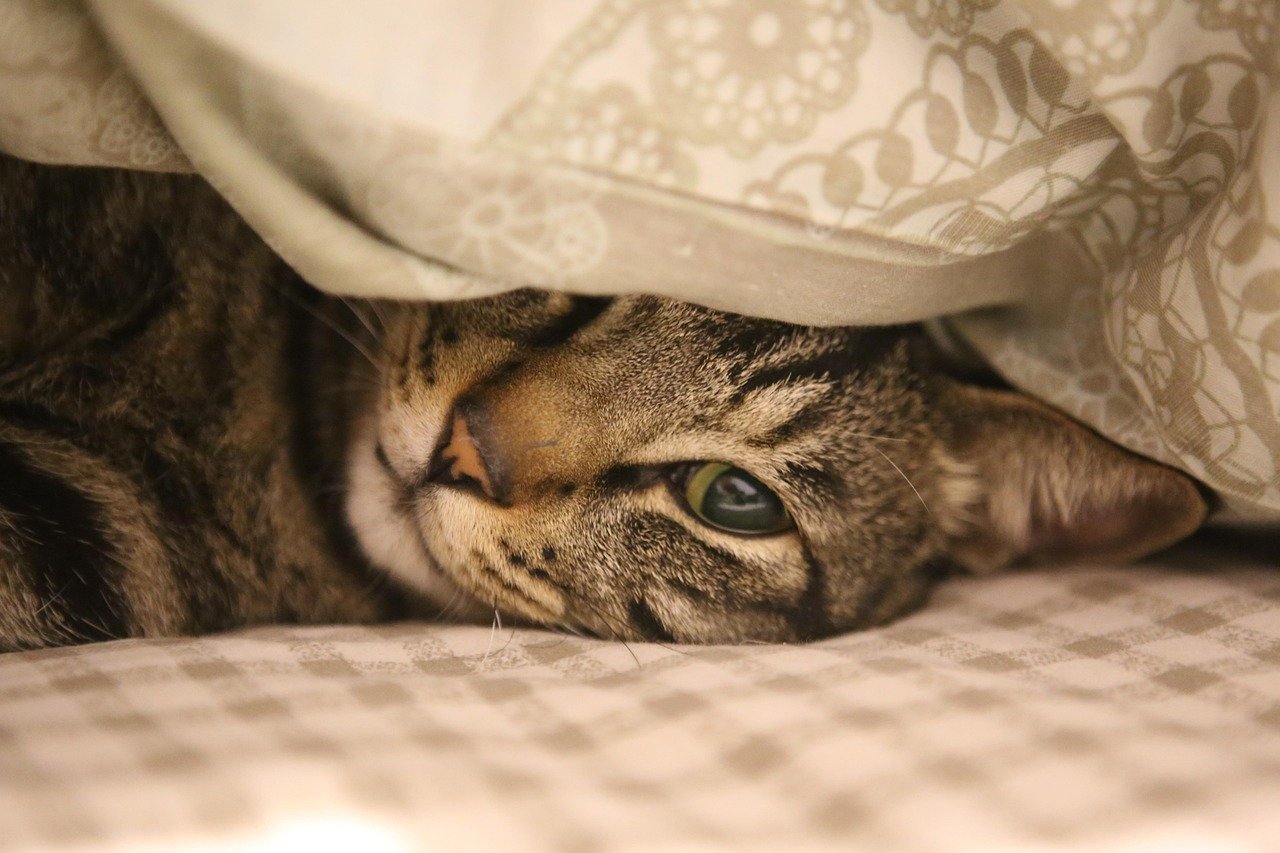
As your cats grow older or circumstances shift, their social needs may change too. Senior cats might prefer quieter spaces or shorter play sessions, while younger cats may crave more activity. Watch for changes in behavior and adjust your environment accordingly. Add extra beds for aging joints, or introduce new toys to keep younger cats entertained. If a new family member joins or pets leave the home, provide extra comfort and stability during transitions. Being flexible and responsive ensures that your home continues to support bonding, no matter what life brings.
Building Lifelong Feline Friendships

Creating a home that supports cat bonding is a journey, not a destination. With patience, understanding, and a few thoughtful touches, your home can become a place where trust grows, friendships flourish, and love knows no bounds. Each day brings new opportunities for connection and joy. Isn’t it amazing how a little effort can transform your house into a true sanctuary for both you and your cats?
Hi, I’m Bola, a passionate writer and creative strategist with a knack for crafting compelling content that educates, inspires, and connects. Over the years, I’ve honed my skills across various writing fields, including content creation, copywriting, online course development, and video scriptwriting.
When I’m not at my desk, you’ll find me exploring new ideas, reading books, or brainstorming creative ways to solve challenges. I believe that words have the power to transform, and I’m here to help you leverage that power for success.
Thanks for stopping by, Keep coming to this website to checkout new articles form me. You’d always love it!




